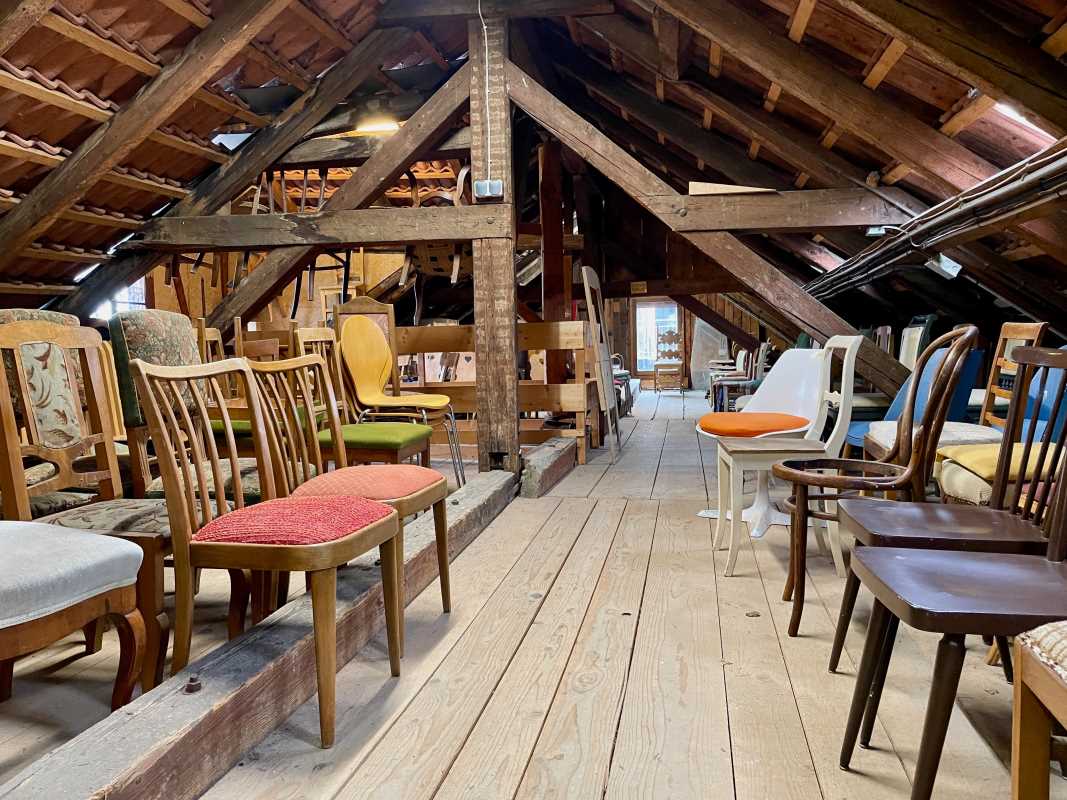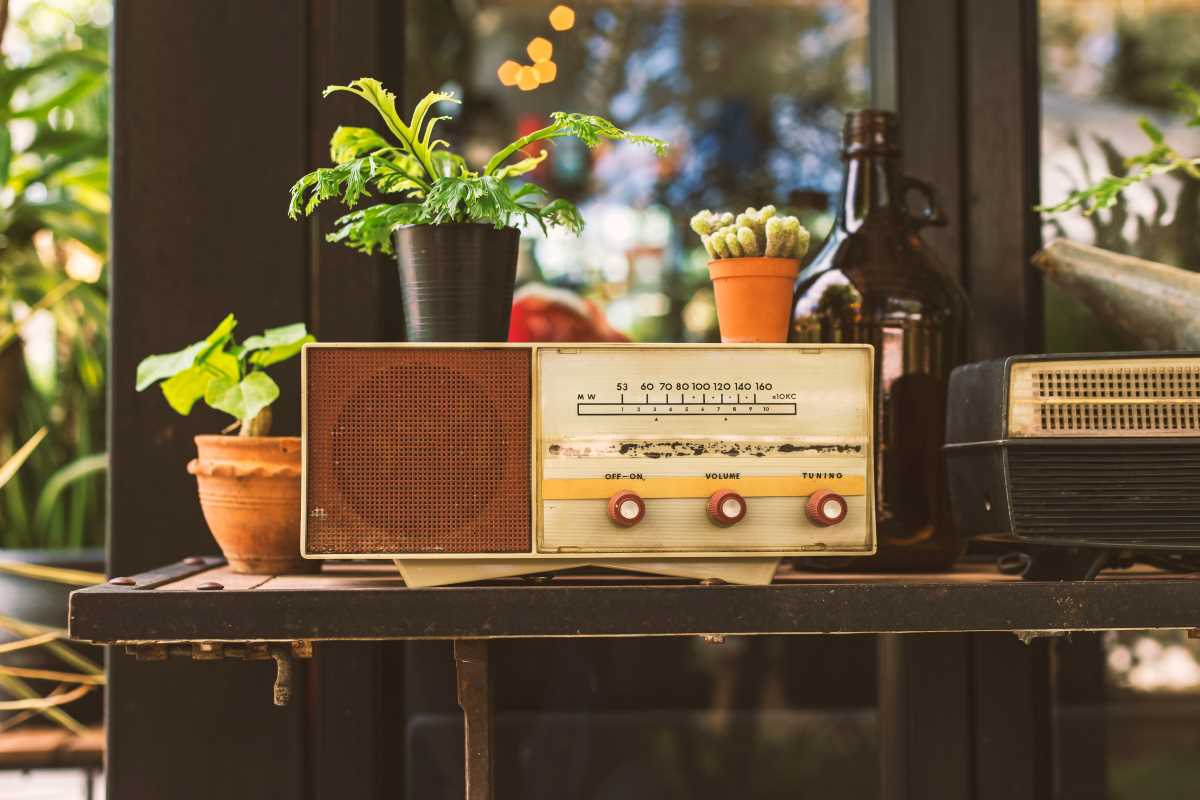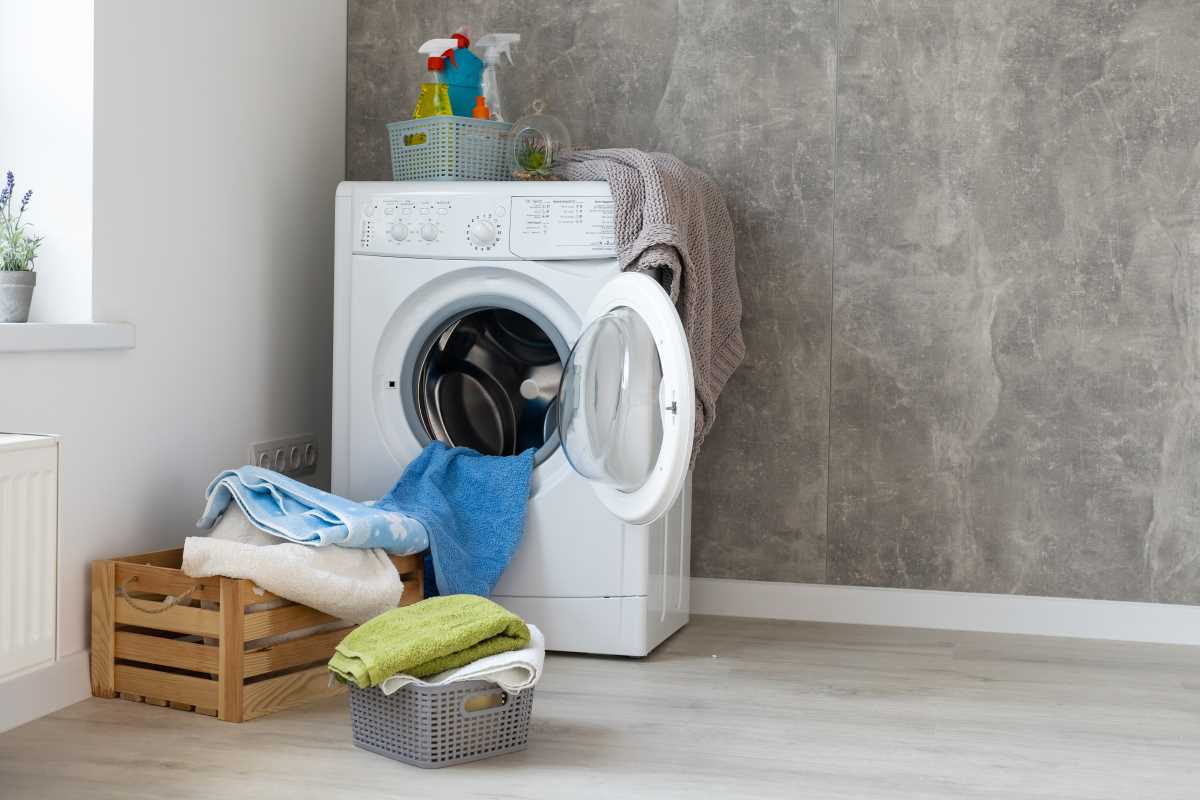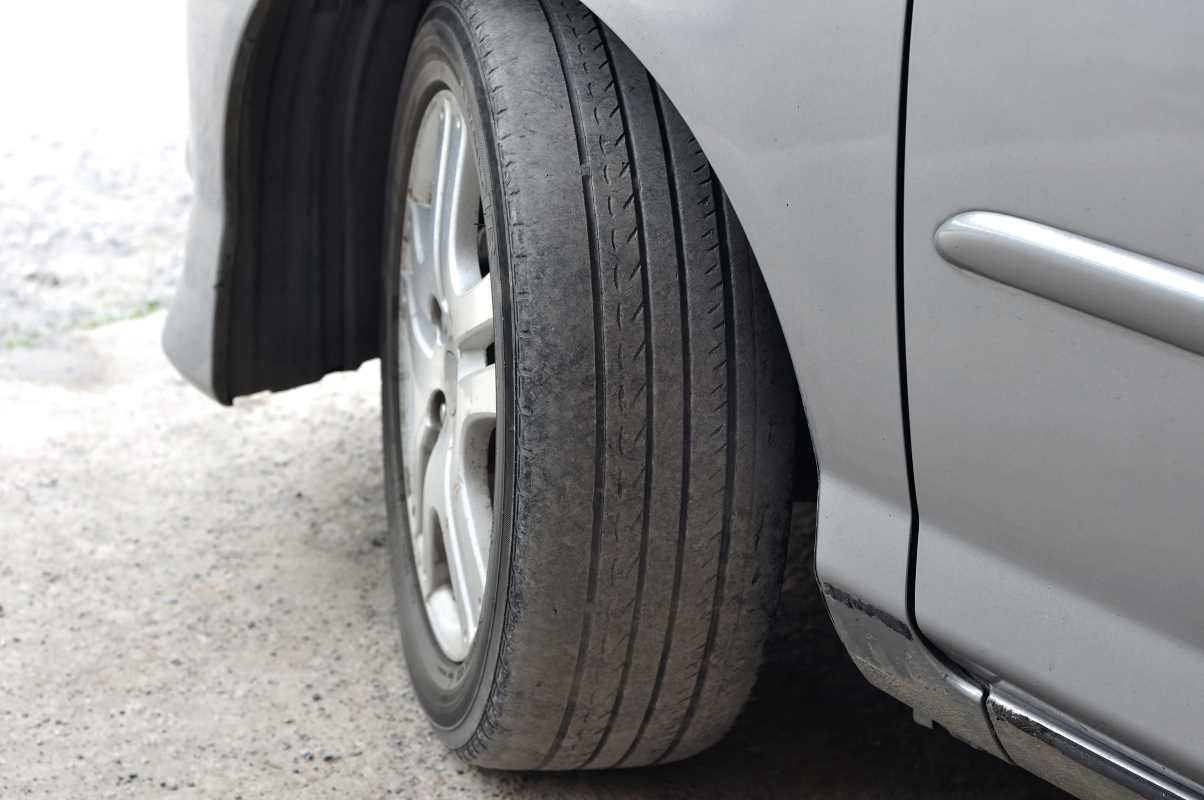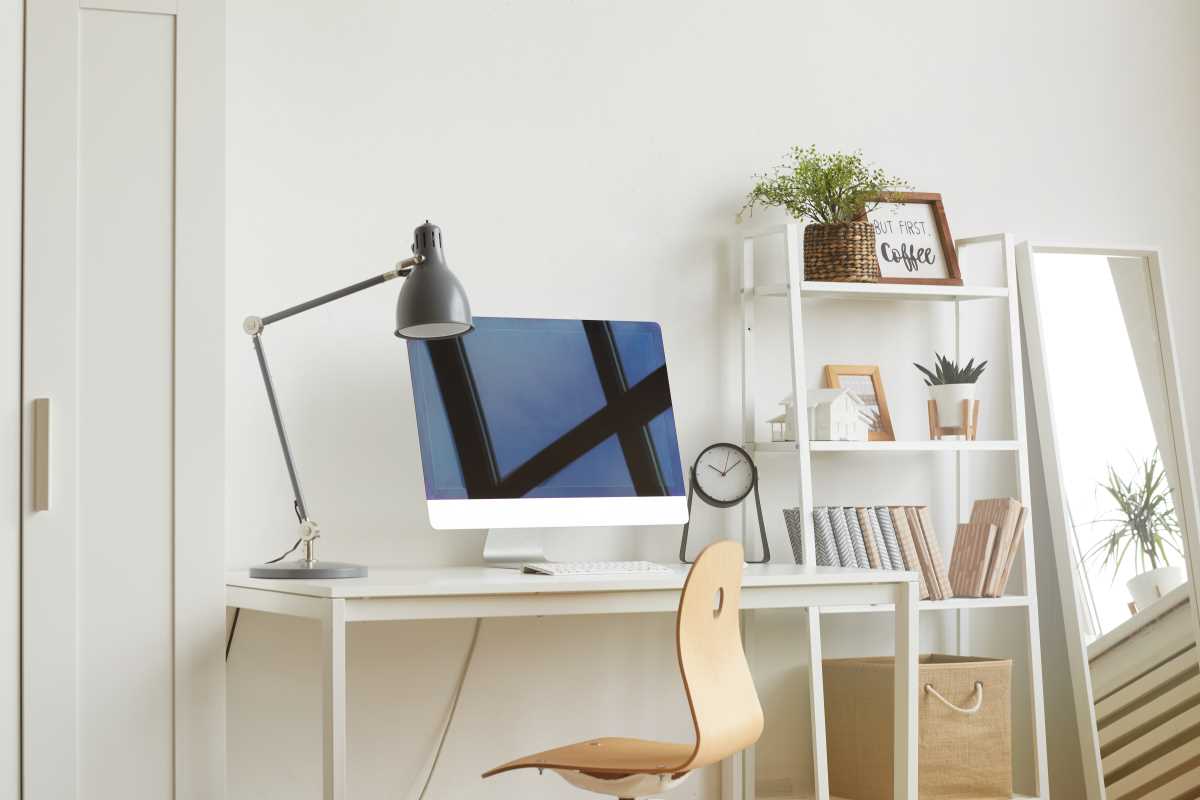Thrift shopping is like treasure hunting. You never know what gems you might come across, and furniture shopping at thrift stores is an exciting way to snag unique, high-quality pieces without breaking the bank. But how do you distinguish between a great find and something that’s better left behind? Spotting high-quality furniture takes a keen eye, a little patience, and some insider knowledge. From understanding materials to looking for craftsmanship details, this guide will help you master the art of finding top-notch furniture at thrift stores. Get ready to transform your space with one-of-a-kind pieces that scream style and quality!
Look for Solid Wood Construction
The materials used in furniture play a huge role in its quality, and solid wood is always a top choice. It’s sturdy, long-lasting, and has a timeless look that synthetic alternatives just can’t match. To test if a piece is made of solid wood, gently knock on the surface. If you hear a deep, solid sound, you’re likely dealing with real wood. Also, examine the wood grain. Natural patterns indicate authenticity, while a smoother, identical finish might suggest laminate. Weight is another clue. Solid wood tends to feel heavier and more robust.
Inspect the Joints and Overall Construction
The construction of furniture is key to determining its durability and quality. Pay attention to the details in how the pieces are joined together.
- Look for dovetail joints on drawers or corners, as they indicate expert craftsmanship. These interlocking pieces of wood ensure strength and longevity.
- Avoid staples or glue as the primary method of assembly. Instead, look for screws, bolts, or sturdy brackets that hold everything together firmly.
- Test sturdiness by gently shaking or wobbling the furniture. A high-quality piece shouldn’t creak or feel unstable when moved.
These signs can help you spot furniture built to last, even if it has been around for a while.
Examine Upholstery Carefully
When buying furniture with upholstery, like sofas or chairs, assessing the fabric and cushions is essential. High-quality upholstery will feel thick and durable, offering long-lasting comfort and style. Natural fibers such as leather, cotton, or linen often last longer than synthetic options. Take a moment to check the seams for tight, even stitching, as uneven or loose threads point to lower-quality work.
If the furniture has cushions, press down on them and see how they respond. High-density foam or down tends to bounce back quickly, ensuring better support. Spongy or flat cushions may indicate cheaper fill materials that won’t hold up over time.
Check for Signs of Wear and Damage
Thrifted furniture often shows signs of use, but it’s essential to distinguish between natural wear and damage that could compromise the piece. Scratches or minor dents can be endearing, but warped wood or deep gouges might require costly repairs. Open and close each drawer or door to ensure smooth functionality, and listen for sticking or wobbling. If the piece is made of wood, check for water damage, which can cause warping and reduce its structural integrity. A good tip is to give the item a quick sniff to detect odors like mildew, which can be a dealbreaker.
Keep an Eye Out for Designer or Vintage Labels
Some of the best thrift store finds are hidden treasures from designer or vintage brands. When scouting for these special pieces, keep the following in mind:
- Search for labels or stamps under or behind furniture. Many manufacturers (like Stickley, Drexel, or Ethan Allen) mark their designs in these subtle spots.
- Familiarize yourself with mid-century modern style. Clean lines, smooth contours, and minimalist designs often indicate valuable vintage pieces.
- Identify unique details such as carved wood, inlays, or ornate hardware. These features typically signal handcrafted items, which are higher in quality and rarity.
Finding a well-made designer or vintage piece means adding both style and value to your home, often at a fraction of its original price.
Test Functionality Before You Commit
No matter how amazing a piece looks, it needs to work for your lifestyle. Always test functionality before buying. Sit in chairs or lean on tables to ensure they are sturdy enough for daily use. If the furniture includes adjustable features, such as reclining mechanisms or foldable parts, make sure they operate smoothly. Don’t forget to measure the dimensions of the piece and visualize how it will fit in your space. Having a tape measure handy during your shopping trips can save you from getting something that doesn’t work in your home.
Consider its Potential for Revamping
Sometimes a piece with “good bones” just needs a little TLC to transform into something spectacular. Sturdy chairs or sofas with outdated upholstery can often be revitalized with new fabric, while solid wood tables can be sanded and refinished for a fresh look. Polishing or repainting can breathe new life into items that are otherwise in good condition. That said, weigh the cost and effort required for repairs against the ultimate value of the piece. A little handiwork can go a long way if the item is truly unique or valuable.
Don’t Forget to Negotiate
Thrift store pricing is often flexible, so don’t hesitate to haggle. Politely point out any flaws you’ve noticed, such as scratches, dents, or loose components, to justify a lower price. If you’re buying multiple pieces, ask for a discount on the bundle. A friendly and respectful attitude can often result in a better deal, leaving both you and the seller happy with the transaction.
Thrift shopping offers a fun and affordable way to furnish your home with unique, high-quality pieces. With these tips in mind, you’ll be able to identify the treasures that will stand the test of time while adding charm and functionality to your space.
